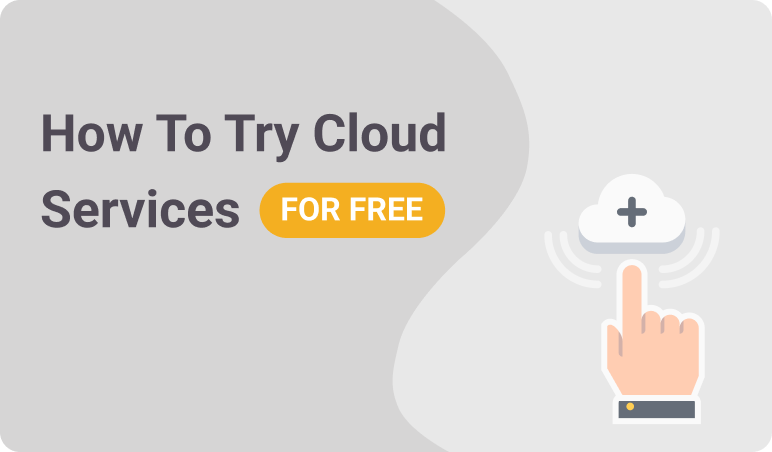8 ways to optimize your costs on the AWS
24.02.2023
4 minues

In today’s rapidly evolving business landscape, cloud computing plays a vital role in enabling scalability, agility, and cost savings that surpass traditional on-premise infrastructure. However, managing cloud costs effectively is essential to ensure optimal utilization of resources. In this article, we will explore key strategies to help you optimize costs and leverage the expertise of AWS Partners in DevOps practices, highlighting specific AWS services along the way.
Implement a cloud-native design
To extract maximum value from the cloud, it’s important to replace existing cloud systems with cost-efficient alternatives that leverage cloud-specific capabilities. By designing systems with auto-scaling capabilities, such as Amazon EC2 Auto Scaling, you can ensure that you only pay for the resources you truly need. Additionally, AWS provides the Well-Architected Tool, which offers best practice recommendations for cloud architectures, helping you reduce costs and optimize your system design.
Consider moving to a microservices environment
When migrating from on-premises to the cloud, it’s essential to improve and optimize your applications rather than simply shifting them as they are. Migrating on-premises inefficiencies to the cloud may lead to unnecessary costs. To mitigate this, consider adopting a microservices-based architecture. By gradually moving elements of your application to the cloud and making incremental design changes, you can reduce inefficiencies that may impact costs. AWS provides services like Amazon Elastic Container Service (ECS) and Amazon Elastic Kubernetes Service (EKS) for deploying and managing microservices architectures.
Consider multi-cloud or single-cloud solutions
Businesses have the option to choose between multi-cloud or single-cloud solutions based on their specific requirements. While multi-cloud solutions provide increased uptime and availability, they can also result in higher expenses due to additional complexities, such as training staff to work on multiple clouds and managing network traffic between different cloud platforms. Conversely, using a single cloud vendor like AWS can offer volume-based resource discounts, leading to cost savings. Assess the needs and size of your business to determine the most valuable solution.
Use resource tagging
Resource tagging is a valuable practice that involves assigning metadata to cloud resources like virtual machines, storage, and databases. It allows your business to track resource usage effectively and optimize costs by identifying underutilized resources and shutting them down when they are not required. Additionally, resource tagging enables better accountability and cost allocation by determining which departments or teams are utilizing specific resources. AWS provides services like AWS Resource Groups and AWS Cost Explorer to facilitate resource tagging and cost optimization.
Utilize reserved instances and spot instances
While the on-demand pricing model is popular, it’s important to consider reserved instances and spot instances to achieve significant cost savings. Reserved instances allow you to use a predetermined amount of resources for a specified period, potentially resulting in savings of up to 75% on your cloud infrastructure costs. On the other hand, spot instances offer unused cloud resources at discounted rates, allowing you to save up to 50% on infrastructure costs. Spot instances are well-suited for non-time-critical workloads that can be paused or restarted without disrupting business operations. AWS provides services like Amazon EC2 Reserved Instances and Amazon EC2 Spot Instances to leverage these cost-saving options.
Optimize storage usage
Storage costs can constitute a substantial portion of your cloud expenses. To optimize storage costs, consider employing techniques
such as compression, deduplication, and tiered storage. Compression and deduplication help reduce the amount of data that needs to be stored, resulting in potential cost savings. Additionally, utilizing tiered storage allows you to store data on different types of storage based on its access frequency, ensuring that you are not overpaying for storage that is rarely accessed. AWS services like Amazon S3, Amazon EBS, and Amazon Glacier provide the necessary tools for optimizing storage usage.
Conclusion
In summary, effective cost optimization in the cloud is crucial for businesses to maximize the value of their infrastructure. By implementing a cloud-native design, considering a microservices environment, utilizing resource tagging, leveraging reserved instances and spot instances, and optimizing storage usage, businesses can achieve significant cost savings. AWS offers a comprehensive suite of services tailored for cost-effective cloud solutions, and partnering with AWS Partners specializing in DevOps can further enhance your organization’s expertise and capabilities. For consultation or assistance in implementing cost-effective cloud solutions, reach out to us via contact@dedicated.com.













